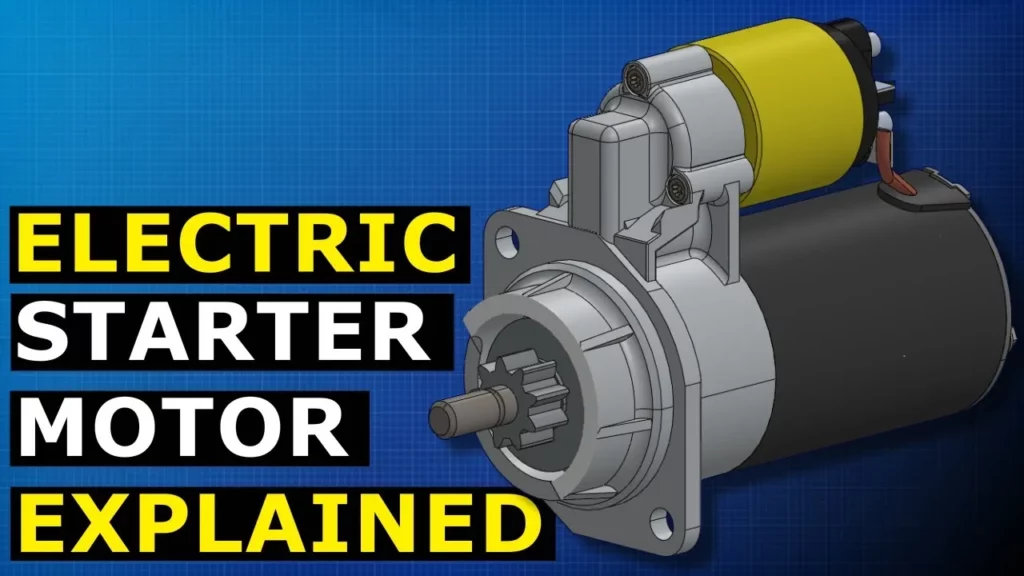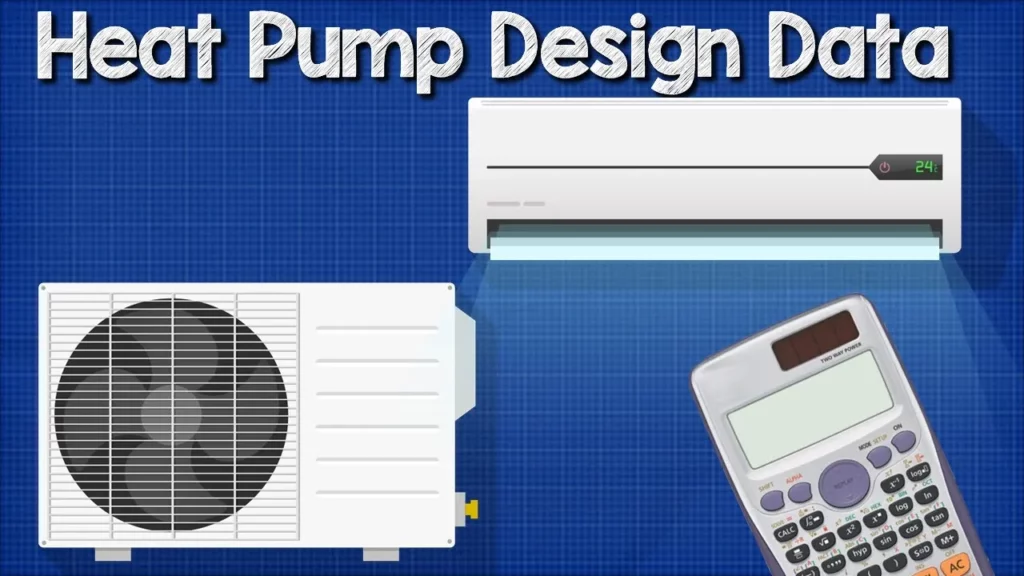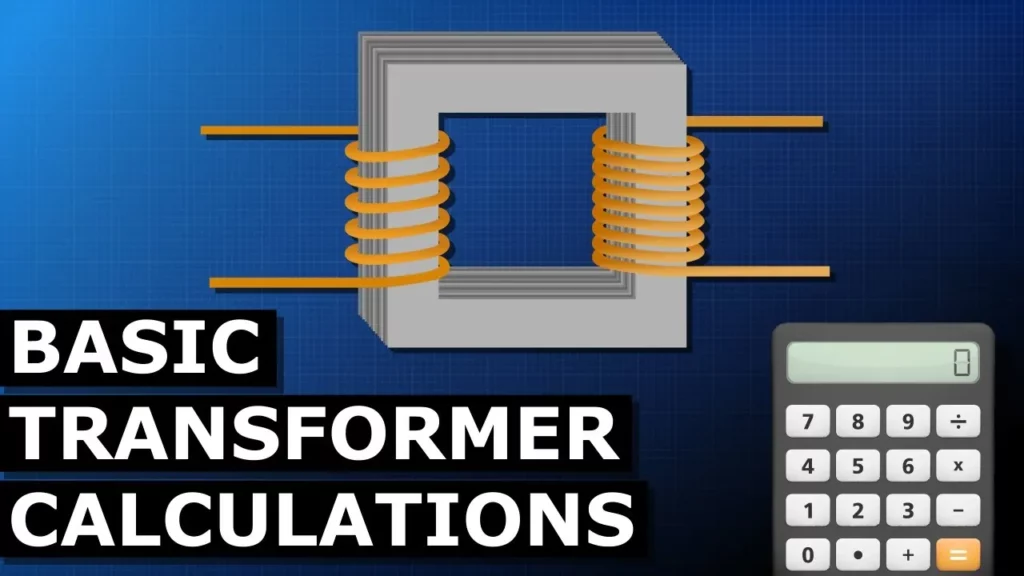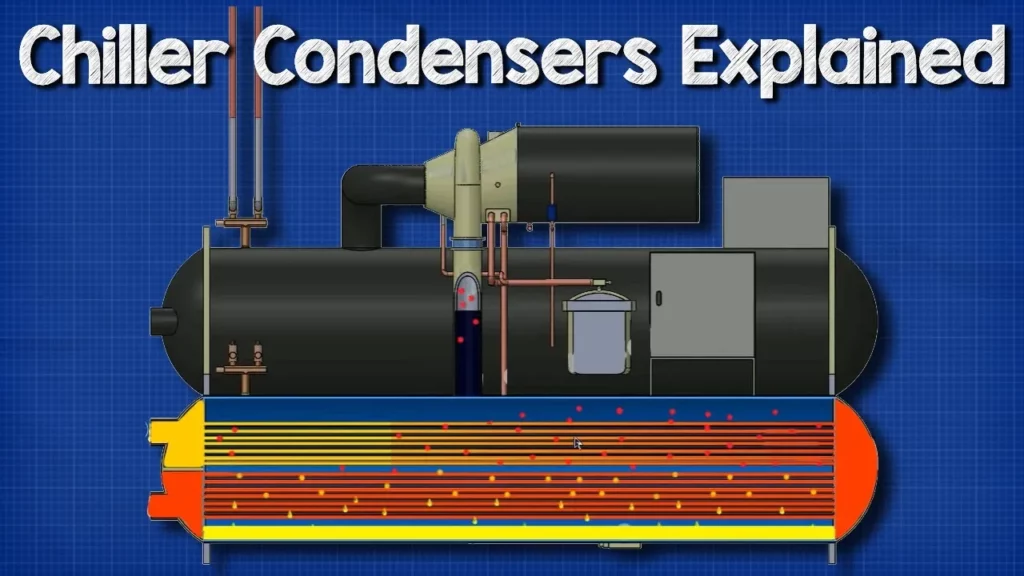Time Delay Relays Explained – How timing relays work hvacr

This lesson provides an overview of time delay relays, highlighting their importance in automation and control systems, particularly within HVAC and industrial applications. It explains the two main types of time delay relays—delay-on and delay-off—and their functionalities, as well as practical examples of their use in energy conservation and process automation. The lesson concludes by emphasizing the versatility and efficiency of time delay relays in enhancing operational control across various settings.
Gear Train Design – How to calculate gear trains mechanical engineering

This lesson focuses on the principles of gear train design, specifically how to calculate RPM (revolutions per minute) and torque using key formulas related to gear ratios. Through examples of simple and compound gear trains, it illustrates how the number of teeth on gears affects their rotational speed and torque output, emphasizing the importance of these calculations in mechanical engineering for designing efficient systems. Additionally, the lesson highlights real-world considerations such as friction that can impact gear train performance.
Ultrasonic Flow Meter Basics

Ultrasonic flow meters are non-intrusive devices used to measure liquid flow rates in pipes by sending ultrasonic signals both downstream and upstream. The difference in travel times of these signals, caused by the flow of liquid, allows for the calculation of water velocity, which, when combined with the pipe’s cross-sectional area, determines the volume flow rate. Their ease of installation and accuracy make them valuable in various industries, particularly where direct contact with the liquid is not feasible.
Simple LED circuit – basic electronics

In this lesson on creating a simple LED circuit, we learned how to calculate the appropriate resistor needed when connecting an LED to a power supply. By applying Ohm’s Law, we determined the necessary resistance based on the voltage drop across the LED and the desired current, while also considering resistor power ratings and battery life for optimal performance. The lesson emphasized practical problem-solving skills, including using online calculators and combining resistors when specific values are unavailable.
Starter Motor Explained – How a car's electric starter motor works

The lesson explains the function and components of a car’s electric starter motor, which simplifies the process of starting a vehicle compared to the manual cranking methods of the past. It details how the starter motor converts electrical energy from the battery into mechanical energy to initiate the engine’s combustion process by engaging with the flywheel. Understanding the starter motor’s operation can aid in diagnosing potential automotive issues, enhancing one’s knowledge of vehicle mechanics.
How Heat Pumps Work – ADVANCED (design data)

This lesson provides a detailed examination of heat pumps, focusing on the refrigerant cycle and the changes in pressure, temperature, enthalpy, and entropy as the refrigerant circulates through the system’s components: the compressor, condenser, expansion valve, and evaporator. It explains the operational modes of heat pumps—heating and cooling—and illustrates the cycle using temperature-entropy and pressure-enthalpy charts to highlight key points and specific changes in the refrigerant’s state. Overall, the lesson enhances understanding of the technical workings of heat pumps and their functionality in different modes.
Centrifugal Compressors – Chillers HVAC

This lesson provides an overview of centrifugal compressors, highlighting their essential role in chiller systems by compressing refrigerant to facilitate efficient heat transfer. It explains the compressor’s operation, including the importance of impeller size and speed, and emphasizes the need for proper temperature differentials for optimal chiller performance. Understanding these fundamentals is crucial for anyone involved in HVAC systems and their efficient operation.
Basic Transformer Calculations

This lesson covers the fundamental calculations involved in understanding transformers, which are crucial for adjusting voltage levels in electrical systems. It explains how to use the turns ratio to determine secondary voltage and current, as well as how to calculate unknown values based on known parameters. Mastery of these calculations is essential for effective design and troubleshooting in electrical engineering.
????Chillers – Condensers

This lesson provides an overview of chiller condensers, highlighting their essential role in HVAC systems by expelling heat absorbed from buildings. It covers the location and function of condensers, their structure and operation, the importance of temperature dynamics for efficiency, and the necessity of regular maintenance to prevent fouling and ensure optimal performance. Understanding these components is vital for maintaining energy-efficient cooling systems in buildings.
How Manual Cars Work – manual transmission gearbox

This lesson explores the mechanics of manual transmission gearboxes, detailing how they function to propel a car. It explains the roles of the engine, clutch, and various components within the transmission, emphasizing the driver’s responsibility in managing gear changes and the synchronization process to prevent gear grinding. By understanding these elements, drivers can effectively control their vehicle’s speed and direction.